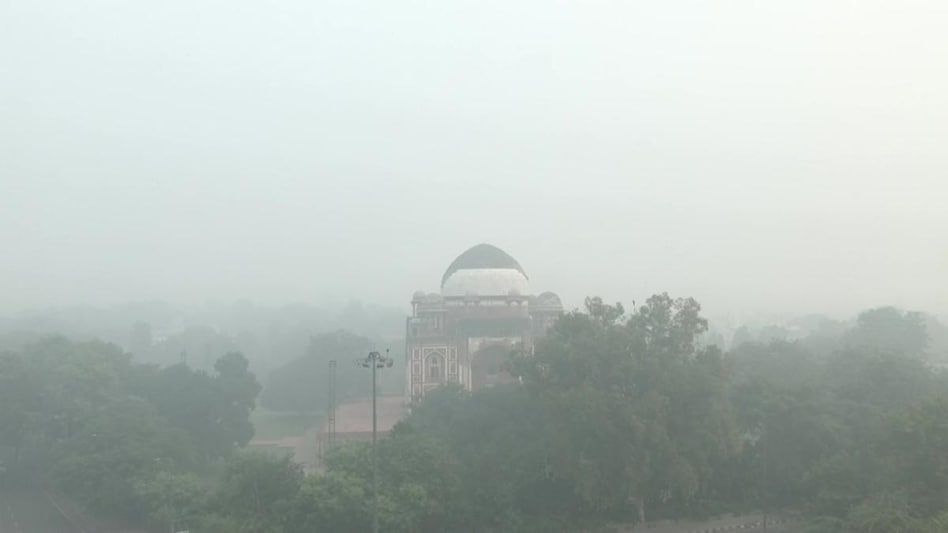
 AQI from 0-100 is considered good, 100-200 moderate, 200-300 poor, 300-400 very poor and 400-500 or above severe.
AQI from 0-100 is considered good, 100-200 moderate, 200-300 poor, 300-400 very poor and 400-500 or above severe.
 AQI from 0-100 is considered good, 100-200 moderate, 200-300 poor, 300-400 very poor and 400-500 or above severe.
AQI from 0-100 is considered good, 100-200 moderate, 200-300 poor, 300-400 very poor and 400-500 or above severe.Delhiites woke up to ‘very poor’ air quality this morning as the overall air quality index (AQI) of the national capital was 354. Air quality in Delhi’s Lodhi Road stood at 341, Indira Gandhi International Airport Terminal 3 (350), IIT Delhi (336), Pusa Road (369), Mathura Road (365) and the Delhi University (387).
The worsening air quality is not, however, limited to Delhi alone. Noida, part of the national capital region (NCR), hit an AQI of 406 and remained in the severe category while Gurgaon’s AQI hit 346, according to the Ministry of Earth Science’s SAFAR website as of 9:05 am.
AQI quantifies air pollution and runs on a scale of 0-500. AQI from 0-100 is considered good, 100-200 moderate, 200-300 poor, 300-400 very poor and 400-500 or above severe.
But why does the national capital and its adjoining cities have such polluted air? The reasons include stubble burning in the rice fields near Delhi, industrial emissions, firecrackers during Diwali and vehicular pollution.
Smoke from stubble burning accounts for almost 45 per cent of Delhi’s air pollution, according to an India Today report. It also stated that 97 per cent of global cities fall short in meeting the World Health Organisation’s (WHO) latest air quality guidelines.

Meanwhile, the Commission for Air Quality Management (CAQM) directed the Delhi government to consider deploying water sprinklers and anti-smog guns to check air pollution levels in the city.
Also read: Spike in Delhi pollution: Air Quality Index as high as 551 in some parts
Also read: Construction activities banned in Delhi-NCR area amid worsening pollution levels